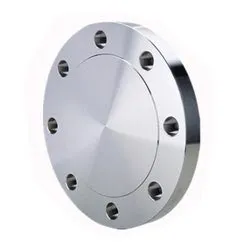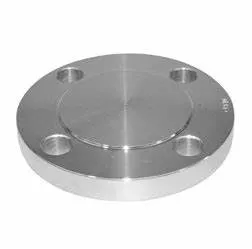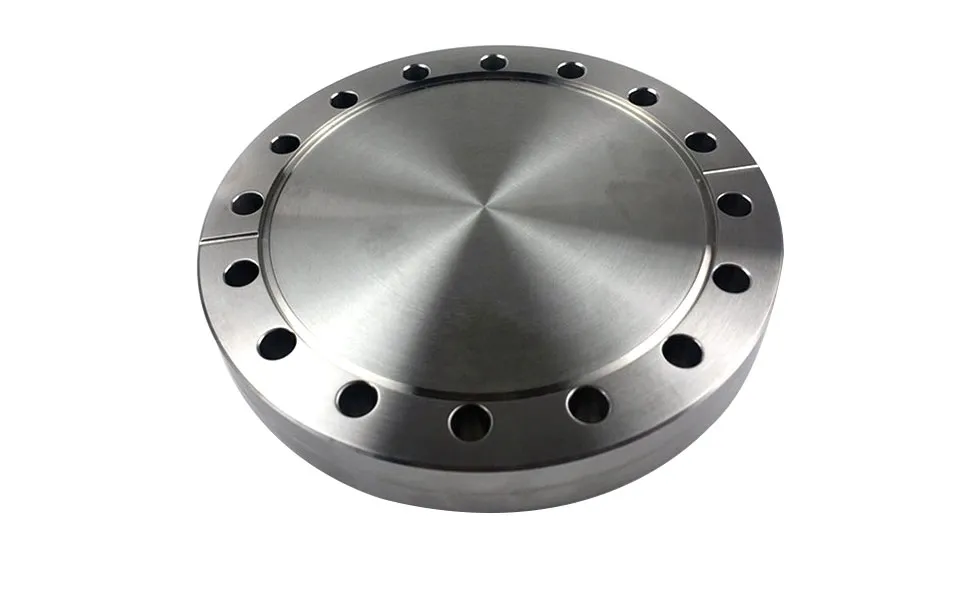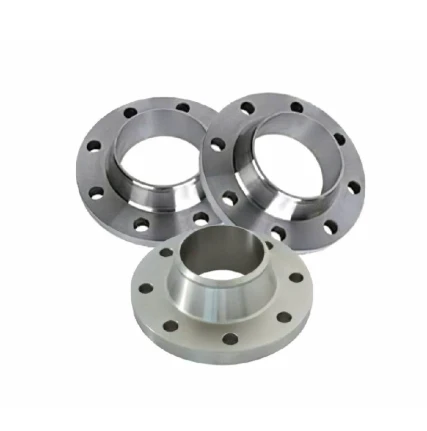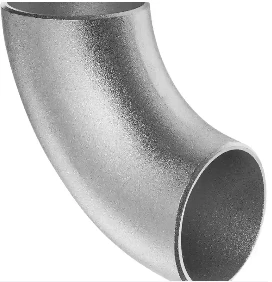ANSI B16.47 Series B BL Flange refers to a blind flange that complies with the American National Standards Institute B16.47 standard series B. The following is a brief introduction:
Standard Overview
ANSI B16.47 is a standard for large-diameter steel flanges, which is divided into two series: Series A and Series B. Series B stipulates specific large-diameter flange sizes and pressure levels, and provides unified design, manufacturing and testing specifications for blind flanges used for large-diameter pipe connections, which helps to ensure the versatility and interchangeability of flanges produced by different manufacturers, as well as the safety and reliability of the entire pipeline system.
Structural Features
Integral flat plate structure: The blind flange is a solid circular plate with no passage for fluid to pass through. It has a simple structure, usually with a flat surface, and the thickness varies according to different pressure levels and sizes. Its integral design enables it to evenly withstand pressure when blocking the pipeline, ensuring sealing performance.
Sealing surface form: Common sealing surface forms include raised face (RF), full flat face (FF), etc. The raised face sealing surface has a raised ring on the flange surface, which forms a seal with the gasket. It is suitable for certain pressure levels and occasions where the sealing requirements are not extremely high; the full-plane sealing surface has a flat flange surface, which is generally used for low pressure and low-requirement working conditions or used in conjunction with some special gaskets.
Bolt hole distribution: The bolt holes are evenly distributed around the center of the flange, and their number, diameter and distribution spacing are determined according to the standard based on the size and pressure level of the flange. These bolt holes are used to connect the blind flange with other flanges on the pipeline through bolts to achieve pipeline plugging.
Size and pressure level
Size range: The nominal diameter usually covers a size range from DN350 (14 inches) to DN1500 (60 inches) or even larger, which can meet the plugging needs of various large-diameter pipelines. Different nominal diameters correspond to different specific parameters such as flange outer diameter, inner diameter, thickness and bolt hole size.
Pressure level: Including Class 75, Class 150, Class 300, Class 600, etc. The pressure level determines the key parameters of the flange, such as the load-bearing capacity and thickness. For example, Class 150 blind flanges are suitable for lower pressure pipeline systems, while Class 600 blind flanges can be used for pipeline plugging under higher pressure.
Material selection
Carbon steel: Carbon steel materials such as A105 have good strength and economy, can provide reliable plugging performance in general industrial environments, and are suitable for pipelines that transport non-corrosive media, such as ordinary water, air, steam and other media.
Stainless steel: Stainless steel materials such as 304 and 316 have excellent corrosion resistance and oxidation resistance. They are often used in pipeline systems with corrosive media, such as pipeline plugging in chemical, seawater treatment and other fields, which can effectively prevent flanges from being corroded and extend their service life.
Alloy steel: Alloy steel materials are used in some occasions with special requirements for strength, heat resistance, etc. Alloy steel can obtain higher strength, fatigue resistance and heat resistance by adding specific alloying elements, such as chromium, molybdenum, vanadium, etc., and is suitable for pipeline plugging under harsh working conditions such as high temperature and high pressure.
Application areas
Petrochemical industry: In the process of oil refining and chemical production, it is used for temporary blocking during the inspection and maintenance of pipeline systems, or for permanent blocking at the ends of some pipelines that do not require medium circulation, such as the blocking of spare interfaces of storage tanks and the blocking of pipelines of shutdown devices.
Power industry: In the pipelines of the steam-water system and circulating water system of power plants, when a certain section of the pipeline needs to be isolated for inspection or modification, blind flanges will be used for blocking to ensure the safety of the system during the inspection and maintenance process.
Water treatment industry: In the pipeline systems of sewage treatment plants and water plants, it is used for segmented inspection and maintenance of pipelines, isolation during equipment maintenance, and blocking of some spare pipelines or reserved interfaces.
Other industries: In the pipeline systems of papermaking, pharmaceuticals, food and beverage industries, it is also widely used for pipeline blocking operations to meet various needs in the production process, such as pipeline isolation in equipment cleaning, pipeline modification, fault repair, etc.






